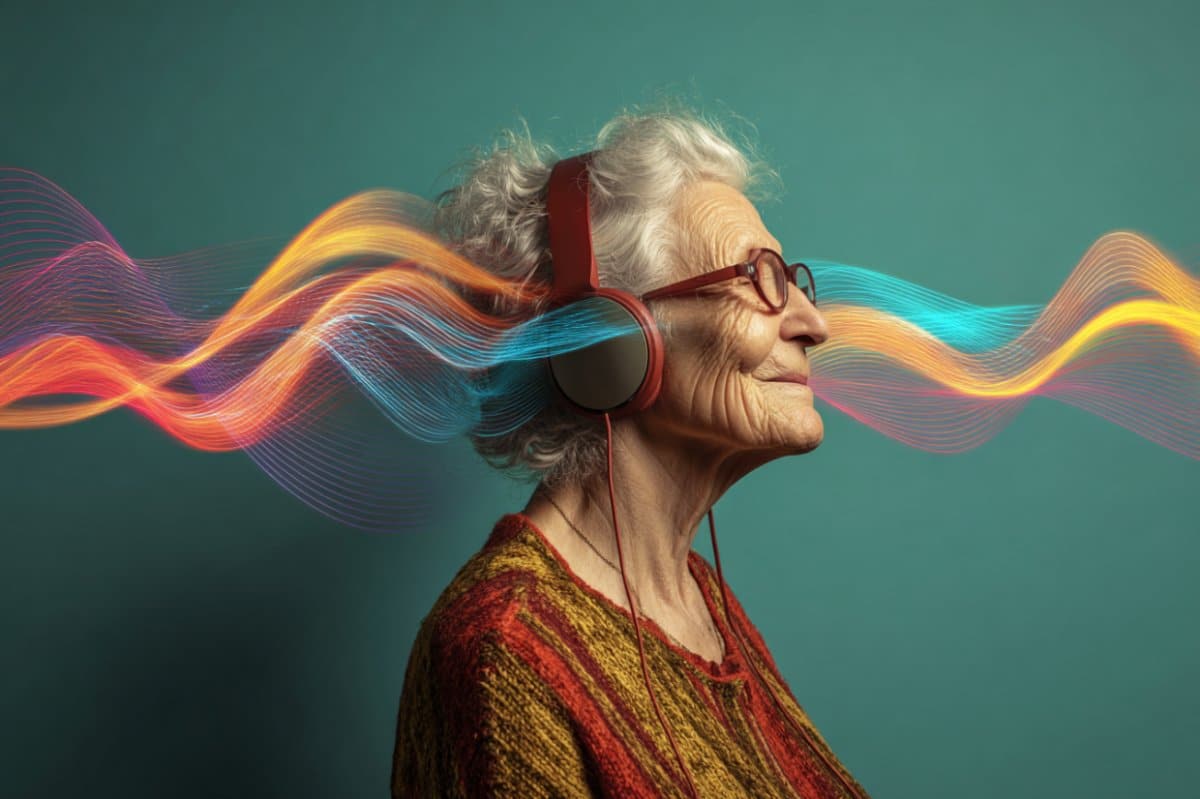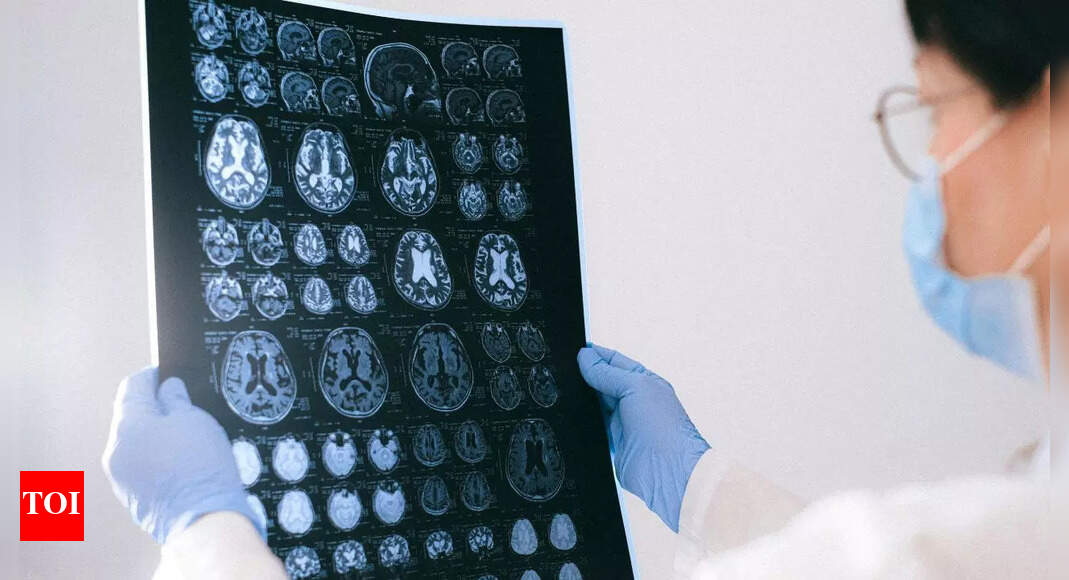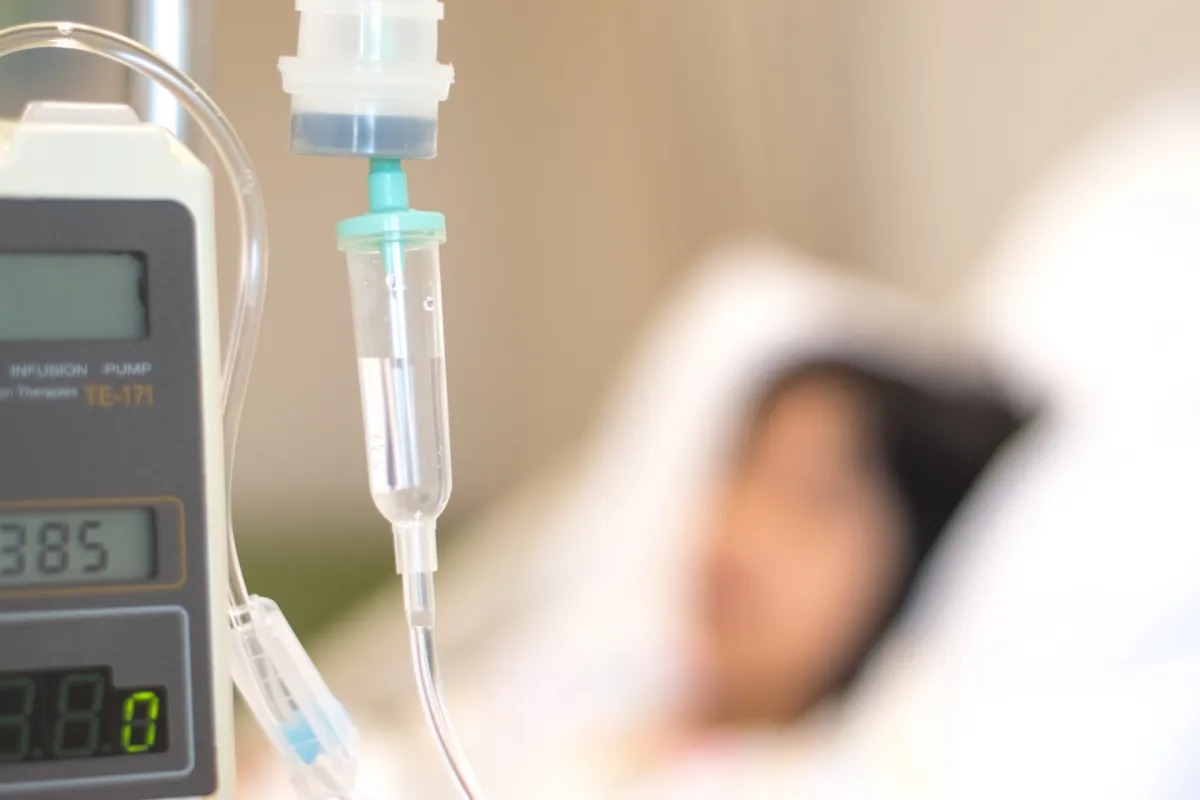A New York resident recounted her symptoms after potentially contracting the debilitating vector-borne illness chikungunya in an unusual case within the United States.
What’s happening?
The 60-year-old woman from Hempstead, New York, tested positive for chikungunya in August during a preliminary screening, according to The New York Times. The diagnosis raised alarm bells because the disease is rare in North America. Chikungunya has historically often been spread via yellow fever mosquitoes, which aren’t native to the New York region, the Times detailed.
However, Asian tiger mosquitoes are increasingly carrying the disease and have extended their range to various Northeast states. These particular vectors have become more common in the U.S. because warmer winters have been hospitable to their eggs.
The woman described experiencing intense joint pain, a common symptom of chikungunya. She said it felt like her feet, ankles, wrists, hands, and shoulders were being pulled apart, according to the Times.
Why is chikungunya concerning?
Chikungunya has not been documented as locally transmitted in the U.S. for about a decade, according to the Times. However, warmer weather across the country has attracted mosquitoes carrying various diseases. Unusually high winter temperatures have also extended mosquito season, which can create and prolong disease outbreaks.
Not only does human activity impact the planet, but it also impacts our health. The pollution we create, whether that’s in landfills or through dirty energy usage, contributes to heat-trapping gases in our atmosphere. This creates warmer weather that allows disease-carrying vectors to become acclimated to new areas. As a result, people can become exposed to illnesses like chikungunya, which is potentially disabling.
What’s being done about chikungunya?
Because of how excruciating chikungunya can be, it’s important to prevent and monitor its spread. The disease hasn’t become a major public health issue in the United States. A Department of Health spokesperson told the Times that transmission remains low. One expert shared insight on how a vector carrying chikungunya may have made its way to the state.
“Mosquitoes are sometimes carried back in luggage or in airplanes,” Dr. Bruce Farber, an infectious disease expert at Northwell Health, told the Times.
Still, the infected woman wanted to share her story to raise awareness about the possible presence of chikungunya. She did not travel outside of the country recently, so she would not have known to check for the disease. Her experience reinforces that people experiencing symptoms and doctors should continue to screen for the illness to track its transmission.
Meanwhile, individuals can do their part to cut back on the harmful pollution that warms the planet. Some ways to do this include switching to an electric vehicle or using less plastic. You can also urge your loved ones to do their part by initiating a dialogue about critical issues related to global temperature change.
Join our free newsletter for good news and useful tips, and don’t miss this cool list of easy ways to help yourself while helping the planet.
First Appeared on
Source link













